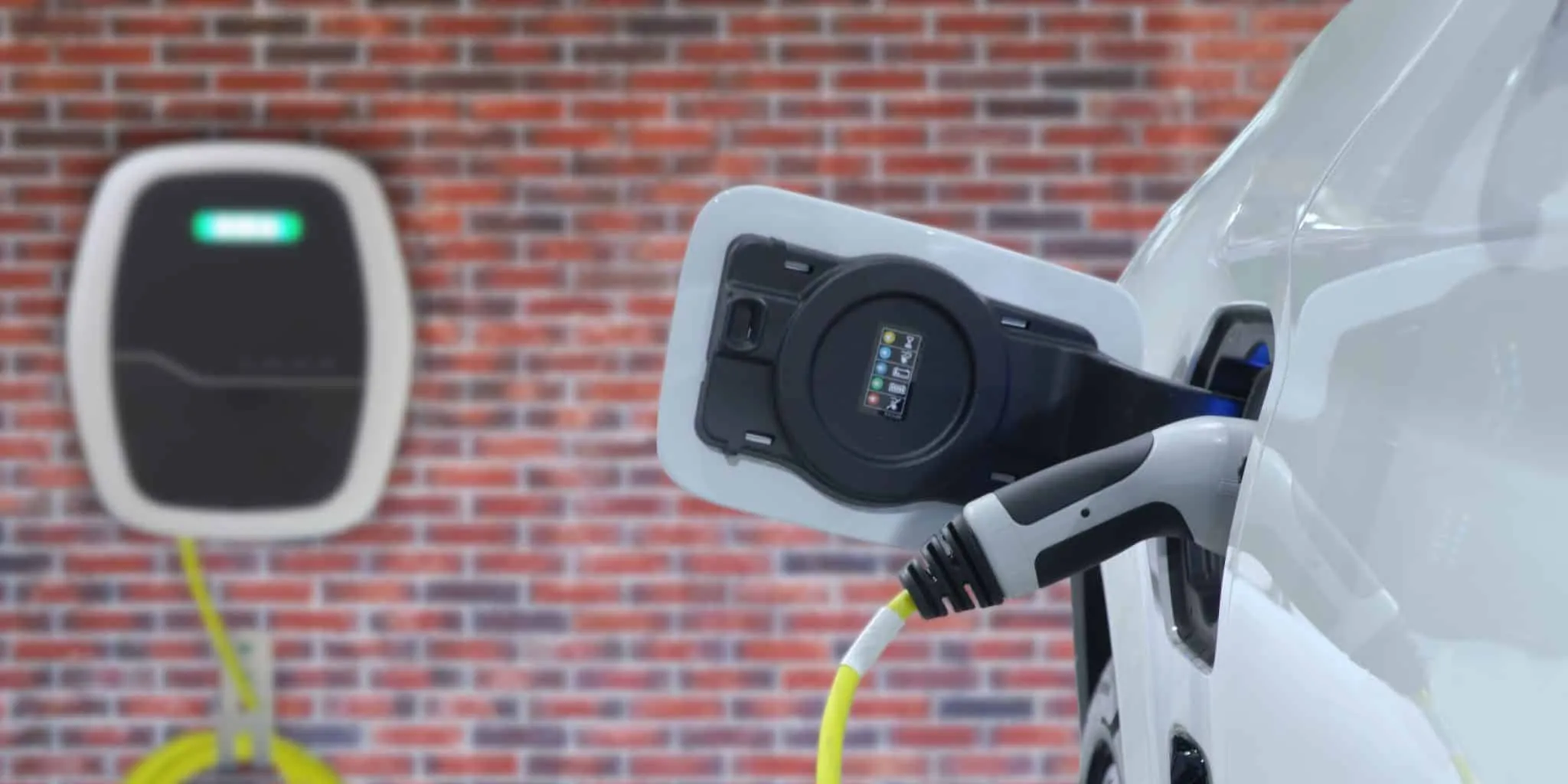
EV Leasing on the Rise Nearly 1 in 5 New Leases Now Electric
As electric vehicles (EVs) continue to gain traction in the automotive market, a growing number of consumers are opting to lease rather than purchase. According to Experian’s State of the Automotive Finance Market Report: Q4 2024, more than half of all new EV acquisitions were leases, and EVs accounted for nearly 20% of all new vehicle leases during the quarter. This marks a significant shift compared to just four years ago, when EVs made up a mere 2.11% of new vehicle leases in Q4 2020.
The Appeal of Leasing an EV
The increasing preference for leasing EVs can be attributed to multiple factors, chief among them affordability and risk mitigation. Leasing has long been a popular option for drivers looking for lower monthly payments, and the trend extends to EVs.
“EV Leasing has always been a cost-effective alternative for consumers hoping to drive away with a more palatable monthly payment—EVs are no different,” said Melinda Zabritski, Experian’s head of automotive financial insights. “But it’s not just affordability. Leasing offers consumers the opportunity to buy an EV without worrying about the potential resale value down the line. With many EVs set to come off-lease in the next few years, it will be interesting to see how the used EV market unfolds.”
In addition to cost benefits, EV Leasing enables consumers to experience the latest technological advancements without long-term commitments. With EV technology evolving rapidly, EV Leasing allows drivers to upgrade to newer models with improved battery efficiency, charging speed, and range after just a few years.
Monthly Payment Comparison: Loans vs. Leases
A key factor driving the leasing trend is the financial gap between leasing and purchasing an EV. While the difference between the average monthly loan and EV Leasing payments for all vehicles is significant—$142—the gap is even more pronounced for EVs.
- Across all EVs, the average payment difference between a lease and a loan was $175 in Q4 2024.
- Non-luxury EVs saw the largest payment gap at $205.
- Luxury EVs had a smaller difference, with leasing saving consumers an average of $98 per month.
These figures suggest that consumers looking for an affordable entry point into the EV market are turning to leasing as an attractive alternative to financing a purchase.
Most-Leased EV Models
When it comes to specific EV models, Tesla continues to dominate the EV Leasing market. The Tesla Model 3 remains the most leased EV in Q4 2024, accounting for 12.20% of all EV leases. Other popular models include:
- Tesla Model 3 – 12.20%
- Tesla Model Y – 9.08%
- Honda Prologue – 8.84%
- Hyundai IONIQ 5 – 6.88%
- Chevrolet Equinox EV – 5.92%
Additionally, the Tesla Model 3, Model Y, and Honda Prologue were among the top 10 most-leased vehicles across all categories, demonstrating their strong appeal to consumers seeking an electric alternative.
Broader Market Trends: Shifting Toward New Vehicles
Beyond the EV market, the overall automotive financing landscape is showing signs of increased demand for new vehicles. In Q4 2024, more than 66% of auto loans were for vehicles up to three model years old, up from 63.92% in the previous year. This trend suggests a renewed consumer interest in newer vehicles, potentially influenced by manufacturer incentives, lower interest rates, and a resurgence of EV Leasing options.
Interest rates, which significantly impact affordability, have shown improvement for both new and used vehicles:
- New vehicles: The average loan amount increased slightly to $41,572, up $1,088 year-over-year. However, the average monthly payment remained stable at $742, likely due to declining interest rates, which dropped from 7.16% in Q4 2023 to 6.35% in Q4 2024.
- Used vehicles: The average loan amount decreased by $344 to $26,468, and the average monthly payment dropped $10 to $525. The interest rate on used car loans also saw a slight decline from 11.97% to 11.62%.
Despite these positive trends in affordability, all risk segments experienced declines in used vehicle financing, suggesting that more consumers are shifting toward new vehicle purchases.
Market Fluidity and Future Considerations
With the continued rise in EV Leasing and lower interest rates, the automotive market remains dynamic. “With manufacturer incentives, the continued resurgence of leasing, and lower interest rates, we’re seeing consumers across the board shift back into the new market,” Zabritski noted. “That said, the market remains fluid. Similar to the EV market, as vehicles come off lease over the next 2-3 years and late-model vehicle availability increases, how will that impact consumer purchasing behavior?”
This question remains particularly relevant for EVs, as the used EV market is still developing. As more leased EVs enter the secondhand market, resale values, depreciation rates, and consumer perceptions will determine whether EV leasing remains the preferred route or if purchasing becomes more attractive.
Additional Insights from Q4 2024 Data
The report also provided key insights into the financial and credit landscape of vehicle buyers:
- 30-day delinquencies increased from 3.08% in Q4 2023 to 3.17% in Q4 2024.
- 60-day delinquencies rose slightly from 0.96% to 0.99%.
- The percentage of used vehicles with financing fell from 38.72% in Q4 2023 to 36.50% in Q4 2024.
- The average credit score for new EV buyers dropped from 773 in Q4 2023 to 767 in Q4 2024.
- Bank market share for new vehicle financing increased significantly, from 20.17% in Q4 2023 to 24.83% in Q4 2024. Similarly, banks expanded their share of used vehicle loans from 26.10% to 28.68%.
- Over 30% of prime and super-prime consumers chose leasing as their preferred financing method.
The Future of EV Leasing
The surge in EV leasing demonstrates a broader shift in consumer behavior, driven by cost considerations, technological advancements, and concerns over resale value. As automakers continue to expand their EV lineups and offer competitive leasing incentives, leasing may remain the dominant strategy for new EV adopters. However, as more vehicles come off-lease, the secondhand EV market’s growth and pricing stability will play a critical role in shaping future leasing trends.
With financial institutions adapting to these changing dynamics and manufacturers offering more flexible options, the automotive market is poised for continued transformation in the years ahead. Whether the current leasing boom translates into sustained EV ownership or shifts toward other financing models will depend on evolving consumer preferences and market conditions in the coming years.







